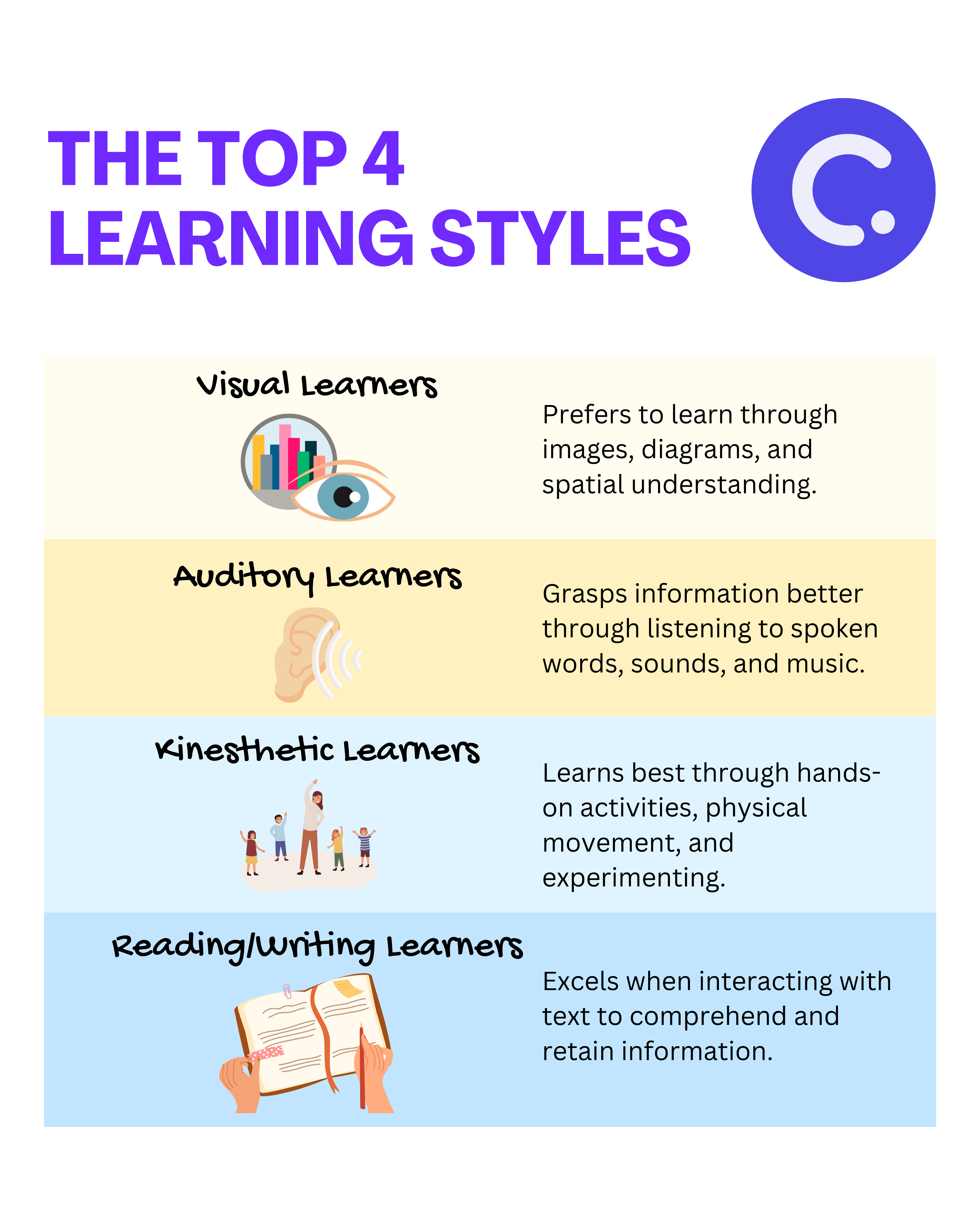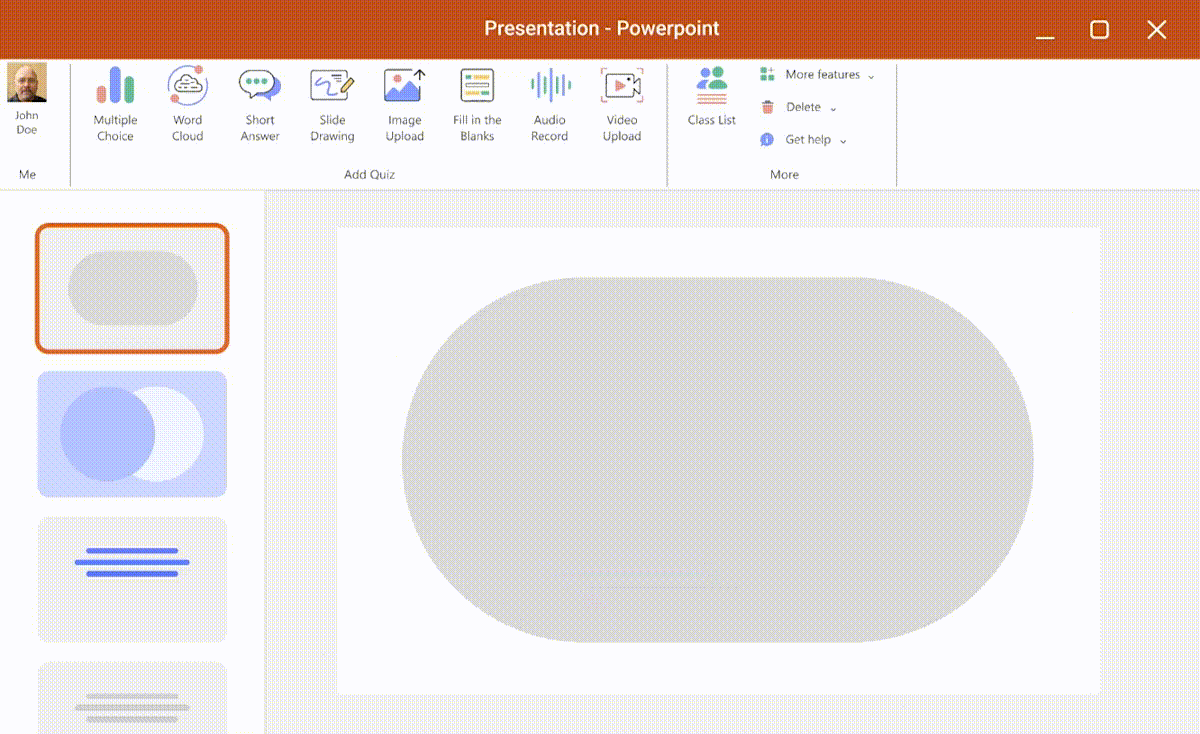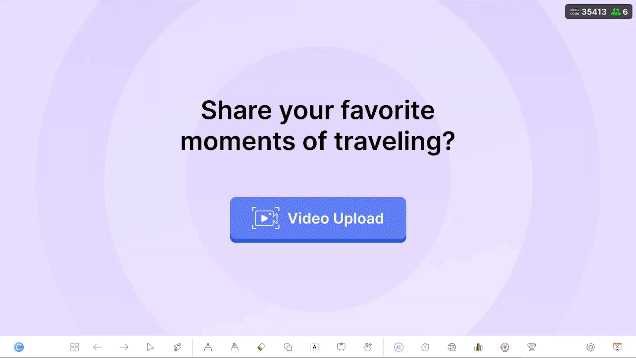Finding the right way to learn can be a challenge. Everyone processes information differently, and sticking to a one-size-fits-all approach can often leave you feeling frustrated or stuck. That’s where understanding your learning type can make all the difference. By discovering how you learn best, you can tailor your study methods to fit your natural preferences and improve your ability to absorb information.
Ready to unlock your learning potential? Take our Learning Type Quiz to find out what kind of learner you are. Whether you’re visual, auditory, reading/writing, or kinesthetic, this quick quiz will help you identify the strategies that work best for you.
Unpacking the Evidence on Key Learning Styles
Learning styles refer to the different ways individuals prefer to absorb and process information. This concept has gained significant traction in educational settings, where it is often used to adapt teaching methods to fit students’ unique preferences. However, the scientific basis of learning styles has been questioned by researchers who argue there is insufficient evidence to support the notion that tailoring teaching to these styles improves learning outcomes.
The Four Main Learning Styles

- Visual Learners: These individuals understand information best through visual aids like diagrams, charts, and videos. They tend to think in pictures, so visual representations such as flowcharts or graphs can simplify complex ideas for them.
- Auditory Learners: Auditory learners absorb information more effectively when it’s conveyed through spoken words. They excel in listening to lectures, participating in discussions, and may benefit from activities like reading aloud or using audio recordings.
- Kinesthetic Learners: Hands-on experiences work best for kinesthetic learners, who prefer learning through physical activities. They often struggle with staying seated for long periods and benefit from activities such as experiments or role-playing.
- Reading/Writing Learners: These individuals prefer to learn through reading and writing. They thrive in traditional educational settings where they can engage with text, take notes, and express their understanding through written work.
Scientific Critique of Learning Styles
Despite the appeal of categorizing learners into distinct types, research suggests that matching teaching methods to individual learning styles is not as effective as once believed. While people may have personal preferences for how they receive information, studies show that these preferences don’t necessarily enhance learning. Scholars generally agree that the most effective teaching combines various instructional methods instead of focusing solely on learning styles.
Alternative Approaches
Rather than rigidly adhering to learning styles, educators are encouraged to implement multi-modal teaching strategies that engage students through a variety of approaches. This not only maintains students’ attention but also deepens understanding by allowing them to interact with material in multiple ways. For example, blending visual aids, auditory explanations, and hands-on activities can enrich learning for all students, regardless of their preferences.
While learning styles remain a popular concept, the scientific community advocates for more flexible teaching strategies that cater to the diverse needs of all learners through a blend of instructional methods.
Here's our take on A Complete Guide to Multisensory Learning (+ 8 Bonus Practical Strategies for Teachers)!
Breaking Down the Top 4 Learning Styles
Before we dive into the Learning Type Quiz, understanding the top learning styles first can help you better recognize the best ways to engage with new information, whether in school, at work, or during self-study. Here’s a closer look at the top four learning styles, along with practical applications tailored to each one:
1. Visual Learners

Visual learners excel when information is presented through imagery and spatial understanding. Diagrams, flowcharts, graphs, and other visual representations allow these learners to grasp complex ideas more easily. They often think in pictures, making it easier for them to connect ideas through visual means.
- Best and practical medium:
- Charts, graphs, and diagrams to break down complex information
- Mind maps to organize thoughts and ideas visually
- Color-coded notes for easier reference and memory retention
- Multimedia quizzes to pique interest and encourage participation
If you're an educator or a trainer using PowerPoint, ClassPoint can be your go-to ally in engaging visual learners using its available multimedia interactive quizzes like Image Upload, Audio Record, and Video Upload!
How to run an interactive ClassPoint quiz:
a. Download and install ClassPoint. Upon successful installation, the “Inknoe ClassPoint” tab will automatically be a part of your PowerPoint ribbon.

b. Create a question slide or prompt for your learners to follow. For example, “Upload the last photo you saved on your phone gallery.” for an Image Upload activity.

c. Add a multimedia interactive quiz type, whether Image Upload, Audio Record, or Video Upload. Play with the question settings appearing on the side panel to customize.

d. Go to slide show and click on the button you just added to run the quiz. For your learners to participate, have them join via classpoint.app using the class code appearing at the top-right of your screen and your activity slide will then be sent to their devices where they can submit responses!

2. Auditory Learners

For auditory learners, hearing is believing. They process information best when it’s spoken or heard in discussions, lectures, and audio recordings. Repetition through sound—whether by participating in conversations or listening to a lesson more than once—helps reinforce learning for these individuals.
- Best and practical medium:
- Recorded lectures, podcasts, or audiobooks
- Group discussions or study groups
See how you can form groups right inside PowerPoint with ClassPoint's Grouping feature.
- Read aloud sessions or voice notes for key points
- Mnemonic devices set to a tune or rhythm for memorization
3. Kinesthetic Learners

These learners prefer a hands-on approach. They thrive in environments where they can actively engage with the material through physical activities, whether it’s through experiments, building models, or role-playing scenarios. Kinesthetic learners often find it difficult to sit still for long periods, making dynamic, movement-based activities more effective for their learning.
- Best and practical medium:
- Hands-on experiments, lab work, or simulations
- Physical objects like models or manipulatives to explore concepts
- Frequent study breaks that incorporate movement or exercise
- Role-play scenarios or gestures while explaining or learning concepts
Create hands-on experiences inside the classroom by implementing Project-Based Learning.
4. Reading/Writing Learners

Reading/writing learners are those who flourish in traditional educational setups. They prefer absorbing information through reading texts and expressing their understanding through writing. Whether through essays, note-taking, or written assignments, they feel most engaged when they can interact with words on a page.
- Practical Applications:
- Detailed notes during lectures
- Essays, short answers, or journals to process and solidify knowledge
- Lists, glossaries, or reading materials to study
- Textbooks, articles, and written assignments for deeper learning
Need a head start on Short Answer question ideas? Here are 100+ Short Answer Questions Across Bloom’s Taxonomy Levels!
Find Out Your Learning Style With Our 10-Question Learning Type Quiz
Curious about the best way to learn? Take this quick quiz to discover whether you’re a visual, auditory, kinesthetic, or reading/writing learner. In just a few minutes, you’ll unlock personalized strategies that match your learning style. Ready to start?
Key Takeaways
Understanding your learning style is just the first step in unlocking your full potential. By recognizing whether you’re a visual, auditory, kinesthetic, or reading/writing learner, you can begin to approach learning in a way that makes sense for you. The more you tailor your methods to fit your natural preferences, the more confident and effective you’ll become.
- Learning is more efficient when you align it with your strengths.
- Experiment with different strategies to find what works best for you.
- No style is better than another—it’s all about what helps you learn.
The path to mastering new information doesn’t have to be a struggle. By embracing your learning style and applying practical strategies, you can turn learning into something that’s both productive and enjoyable.
For educators and trainers, take this Teaching Style Quiz instead to learn more about what kind of teaching super power you have!
